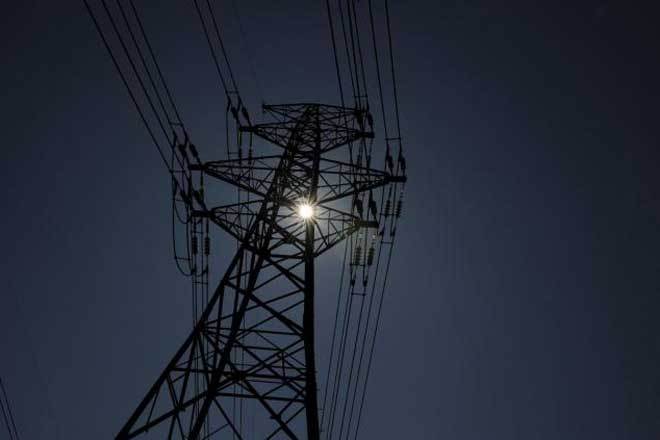To utilise the country’s sizeable power generation capacity, the government is planning to connect more neighbouring countries through a regional power grid which can be used to supply electricity to surrounding nations without adequate number of power plants.
Speaking at an event here on Monday, Union power minister RK Singh said that apart from Bhutan, Nepal, Myanmar and Bangladesh, which already take power from India, there are plans to connect Sri Lanka with power transmission lines as well.
“State-run power entities of these nations can join the Indian power market to trade electricity,” Singh said. Under the current proposed framework, the regional grid will not include Pakistan “due to geo-political reasons, but the times are changing and you never know,” the minister added. Against the peak demand of 183 giga-watt (GW), the country’s installed power generation capacity currently stands at 369 GW. Setting up an international power grid is also seen to partially address the issue of stressed assets by providing the stranded generating capacities avenues to sell electricity.
India has been exploring the possibilities of constructing a 370-km power line from Madurai to New Habarana in Sri Lanka. At 2012 price levels, the cost of the project, including submarine cabling, was estimated at more than $550 million. As much as 8,014 million units of electricity was supplied to Nepal, Bangladesh and Myanmar in April-January, FY20, recording a growth of 18.6%. Bangladesh is the largest buyer of Indian power. The Bangladesh Power Development Board has also signed contracts with Adani Power and Sembcorp Gayatri Power for sourcing electricity from their respective imported coal-based plants in Godda, Jharkhand and Andhra Pradesh.
As FE reported earlier, the Central Electricity Authority (CEA) has already framed the draft procedural guidelines for firms to participate in cross-border electricity trade, a move that could open up an annual potential market of additional 5-6 billion units of electricity. While the CEA proposes to allow Indian entities to import electricity from neighbouring countries only through bilateral agreements, export of power can now be done through spot power markets as well.
Demand rises 10% in February
Signalling green shoots for a reviving economy, peak power demand in February was as high as 10.2% more than the same month in 2019, Union power minister RK Singh said. Electricity consumption in the country had contracted for the fifth straight month in December, 2019, before recording a 2.5% growth in January, 2020. The official power consumption data for February is yet to be released by the government. However, an expert tracking the sector told FE that electricity demand grew by whopping 11% year-on-year in February, 2020. Adjusting for leap year, the demand growth was 7%.
Claiming that power demand growth will be higher going forward, Singh said that “our target is to electrify the economy,” The minister added that the government wants to gradually replace fossil fuels and increase the use of electricity in industries, transportation and cooking. To that end, the power ministry is planning to launch a campaign to inform people about the cost efficiency of using electricity over LPG as a cooking fuel.
Peak demand reflects the highest power requirement level reached at a particular moment, and is different from actual consumption volumes. Peak demand — which is largely a function of unplanned surge in residential and domestic power usage, usually seen during festive seasons — had recorded positive growth even when overall power consumption was down due to the economic slowdown and extended monsoon.


